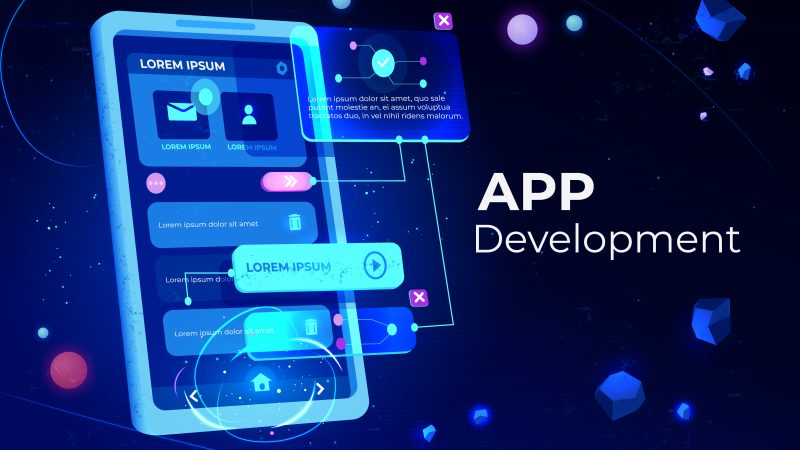4 Industries With Innovative 3D Printing Applications
It was the stuff of science fiction, using your computer to draw a drill that you need and using a jet printer to bring it to life. Well, that is no longer a pipe dream today.
When it comes to 3D printing, the technology has sufficiently caught up with the human imagination. Now, you can print almost anything you can think of making. Need a helmet? Print it. Need a cartridge? Print it. Need a face mask? Yes, you got it: print it. The dizzying range of possibilities is exciting.
Yes, there remain some boundaries current additive manufacturing technology is yet to cross. For instance, there are materials you cannot use with a 3D printer. If you wish to create a complex piece made of a combination of different materials, you may have to print them separately and combine them afterward. This somewhat diminishes the advantage of additive manufacturing.
A drill press, also known as a drilling machine, is a stationary machine tool used to create holes in various materials. It is comprised of a motor, a spindle, a drill chuck, and a worktable. The motor powers the spindle, which rotates the drill bit. The drill chuck holds the drill bit securely in place while the worktable provides a stable surface for the material being drilled.
Drill presses are available in a range of sizes and configurations to accommodate different types of drilling tasks. They can be used for drilling holes of varying depths, diameters, and angles, and are commonly used in metalworking, woodworking, and other manufacturing applications. Some drill presses also have additional features such as tilting tables, depth stops, and laser guides to improve precision and accuracy.
That being said, 3D printing has been breaking so many barriers. It is making so much possible in an extensive range of applications. Below are four industries that are fully taking advantage of 3D printing to innovate their production.
1. Healthcare
Additive manufacturing has enormous potential applications in the medical field. The most popular application involves creating customized implants and prosthetics.
Dental clinics can now manufacture precisely designed dental implants and dentures. Orthopedic centers can craft custom prosthetics that are much lighter than traditional models. Since they have been printed to custom specifications, they fit perfectly, too.
Additive manufacturing also lets doctors order phantom devices for them to use for practice. Doctors can order the exact 3D-printed replica of a patient’s spine, heart, kidney, liver, and other organs.
They can then operate on it for practice before operating on the actual patient. This is especially useful in experimental treatment modalities, particularly challenging surgeries, or when it’s the first time a doctor is performing a specific medical procedure.
Medical laboratories are also using additive manufacturing to create actual organs for transplantation. In this case, the 3D printer makes a replacement or a true substitute rather than a phantom for practice.
2. Space
Space is a beautiful, exciting frontier. However, it is not somewhere you can pop in for a quick visit. Therefore, astronauts on a space mission need to bring everything they need — and might need — whenever they leave for a space station. They cannot risk having a crucial replacement part or equipment missing when it means the difference between life and death.
However, with the advent of 3D printing, astronauts no longer have to pack everything they might need when they leave on space missions. That’s thousands of pounds of extra weight they no longer need to lug around and millions of dollars in mission costs saved. Instead, all they need to pack is a 3D printer, 3D printing materials, a ready suite of pre-designed 3D-printable parts, and a powerful processor for computer-aided design work.
This way, when they need a replacement part while out in space, they can print it from the ready designs preloaded onto their computer. If they encounter issues for which they need to engineer a solution, they can design and then print the necessary components on the fly.
3. Automotive
Additive manufacturing has incredibly prolific applications in the automotive industry. The most obvious application is in prototyping. Through 3D printing, car manufacturers can make prototypes of forward-thinking designs and cutting-edge parts for testing and validation. This saves the automotive manufacturers significant amounts of money and time, and facilitates agile development cycles.
Car manufacturers are far from exclusively using additive manufacturing to manufacture car parts. However, 3D printing proves extremely useful in tooling the fixtures, jigs, and molds that the automotive industry needs in production.
Finally, 3D printing is instrumental in designing bespoke and cutting-edge experiences, especially in luxury car manufacturing. For instance, Porsche plans to create custom 3D printed seats for its elite clientele.
4. Fashion
The clothing and fashion industry also benefits from 3D printing. A company can provide custom tailoring, for instance, instead of offering only XS, S, M, L, XL, and other typical off-the-rack sizes. Customers can include custom measurements with their orders, and the clothing company can print the ordered apparel according to the customers’ exact measurements.
Fashion houses can even start offering customized versions of their stock styles. A favorite top can be ordered as a wrap, a V-cut, or a tunic according to the customer’s personal preferences and unique personal style.
Additive manufacturing is also fueling fashion innovation. Designs that are pretty ‘out there’ may be printed with a 3D printer. It can also lead the shift towards more sustainable clothing manufacturing processes, with 3D printing encouraging the use of more sustainable, reusable, and recyclable materials.
3D Printing Means Innovation
Through 3D printing, companies can create pretty much whatever innovative product, device, equipment, or parts they need, subject to existing 3D printing materials constraints, of course.
Additive manufacturing is opening a world of possibilities, as evinced by its innovative applications in various industries such as healthcare, space, automotive, and fashion.






